
Contents










Spotlight · Written by Kim You-rim
Sweet Sixteen
Jarasum Jazz Festival
The annual Jarasum Jazz Festival, held for three days at the end of summer, attracts more than 100,000 people every year.
Now a leading music event in Korea, the 16th edition of the festival will feature world-renowned artists
and performances against the backdrop of the pristine nature of Jarasum Island,
located off the coast of Gapyeong-gun County, Gyeonggi-do Province.

16th Anniversary
Holding a jazz festival at a time when Koreans were rather unfamiliar with the concept of a music festival might have seemed reckless. The Jarasum Jazz Festival, however, proved everyone wrong by becoming an internationally recognized event featuring a variety of musical genres from swing and bossa nova to world music, attracting 1,105 musicians from 55 countries over the last 15 years. A country is selected as the festival’s theme every year under the so-called national focus program, with this year’s featured nation being Denmark.
3 Days of Festivities
Though lasting for only three days, the festival has attracted more than two million visitors over the last 15 years. The Ministry of Culture, Sports and Tourism has consistently honored the event as Korea’s top festival and the Ministry of Environment has designated it as a “green life honorary ambassador.” The Farm Party event offers makgeolli (milky rice wine) and vin chaud (mulled wine) made with Gapyeonggun County’s fresh produce. Visitors can lay on the grass and look up at the beautiful night sky filled with stars while listening to live jazz.
More about Jarasum Jazz Festival ⟶
Gyeonggi-do Province:
Where Tradition Meets Modernity

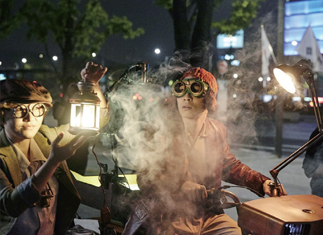

© Ansan Art Center
Ansan Street Arts Festival
/ May 4-6
Marking its 15th edition this year, the Ansan Street Arts Festival aims to provide easy public access to street art. A combined 770,000 people including families visited the festival over its three-day period. A variety of street performances were featured simultaneously including high-end works invited from abroad as well as programs designed by locals and multi-cultural and community organizations.
WindRiver Productions’ “Wandering Padi” was the official program this year under the theme “rice,” a longtime food staple in Asia. Performers tried to express the hidden meaning of rice using visually compelling structures made with dried rice straw and bamboo. Spectators could also interact with the acts by making and sharing rice with them.
More about Ansan Street Arts Festival ⟶
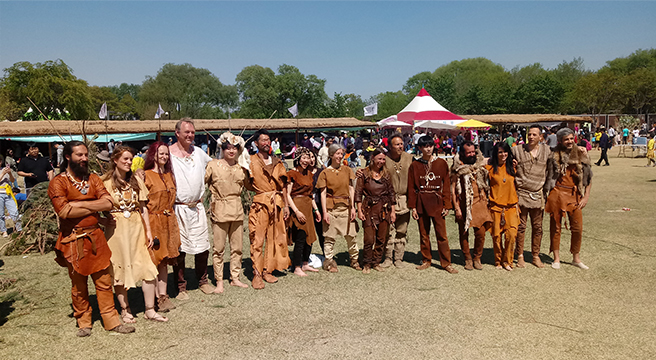
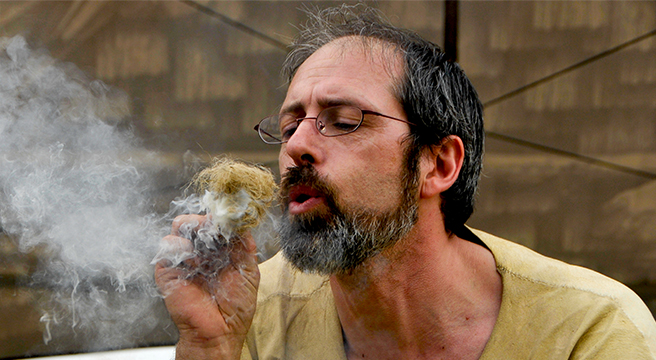
© Yeoncheon Paleolithic Festival
Yeoncheon Paleolithic Festival
/ May 3-6
Showing the intelligence of people living in the Paleolithic Age on the Korean Peninsula 300,000 years ago, a hand ax is a valuable relic found in the village of Jeongok-ri in Yeoncheon-gun County. The county hosts an annual festival on the culture of primitive humans at Yeoncheon-gun’s Paleolithic site, which is assumed to have been home to the first people on the peninsula.
Programs to experience prehistoric times were prepared in collaboration with organizations from countries including France, Germany and Spain. Time flew by here as visitors made hunting tools and accessories, built huts, lit fires, drew murals and wore themed costumes free of charge. Village residents also dressed as primitive Koreans, creating a slew of photo opps with visitors.
More about Yeoncheon Paleolithic Festival ⟶
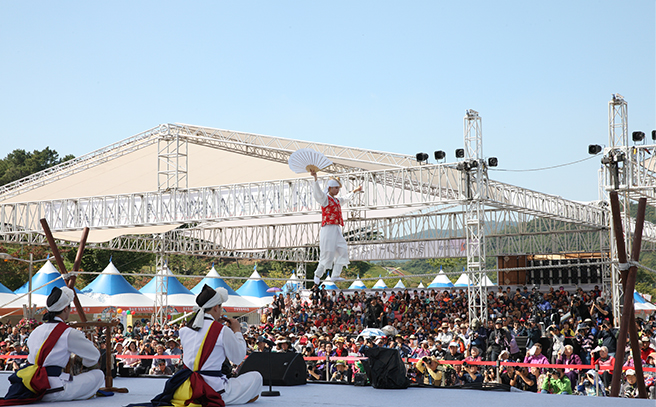
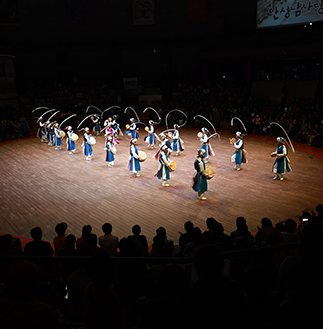
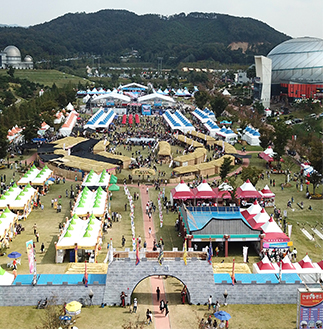
© ANSEONG-SI
Anseong Namsadang Baudeogi Festival
/ Oct. 2-6
Anseong is the birthplace and hub of namsadang nori, the six performances of an all-male troupe of traveling performers who perform acrobatics, singing, dancing and circus-like acts and hailing from the Joseon Dynasty era (1392-1910). This festival was launched to preserve and promote the spirit of namsadang traditional culture in 2001. After the troupe was named one of Korea’s leading examples of traditional culture, the event in 2006 was named an official festival by the International Council of Organizations of Folklore Festivals and Folk Arts.
Starting with the opening ceremony and a parade on the first day, the five-day program includes an evening DJ party featuring masks and electronic dance music, a namsadang performance in which a performer walks on a tightrope with a hand fan, samulnori (traditional Korean percussion music), street theater, talchum (mask dance) and a puppet show for children.
More about Anseong Namsadang Baudeogi Festival ⟶
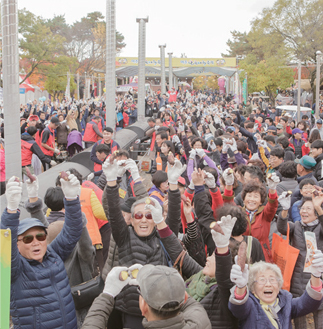
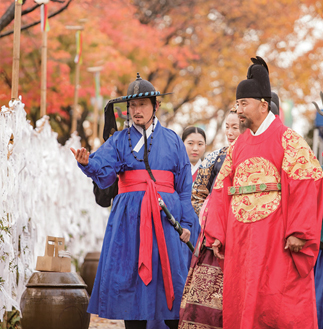

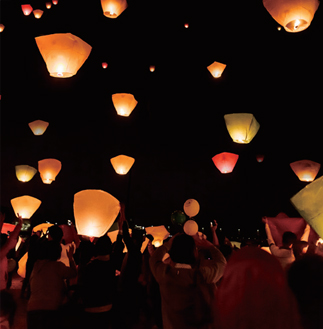
© Yeoju Sejong Cultural Foundation
Yeoju Ogoknaru Festival
/ Oct. 17-27
Yeoju’s pier was a platform in the past for sending regional specialties to the king. The city today reenacts this Joseon practice to give people an idea of what it looked like. Visitors can take a small sailboat to look around the Namhangang River and learn ssireum (traditional wrestling) from the winners of the Cheonhajangsa Ssireum Championships.
These activities can make even the most energetic visitor hungry, so true to its nickname of “the city of rice,” Anseong offers white and five-grain rice made in huge iron pots in furnaces and mixed with fresh vegetables during the festival. When shared with others, bibimbap tastes better. A 50-meter roaster also churns out roasted sweet potatoes that can serve up to 1,800 people, and the smell of freshly puffed rice wafting through the air is irresistible. Fresh agricultural produce from the area made year-round is also available for purchase at the market.
More about Yeoju Ogoknaru Festival ⟶
Other Articles















